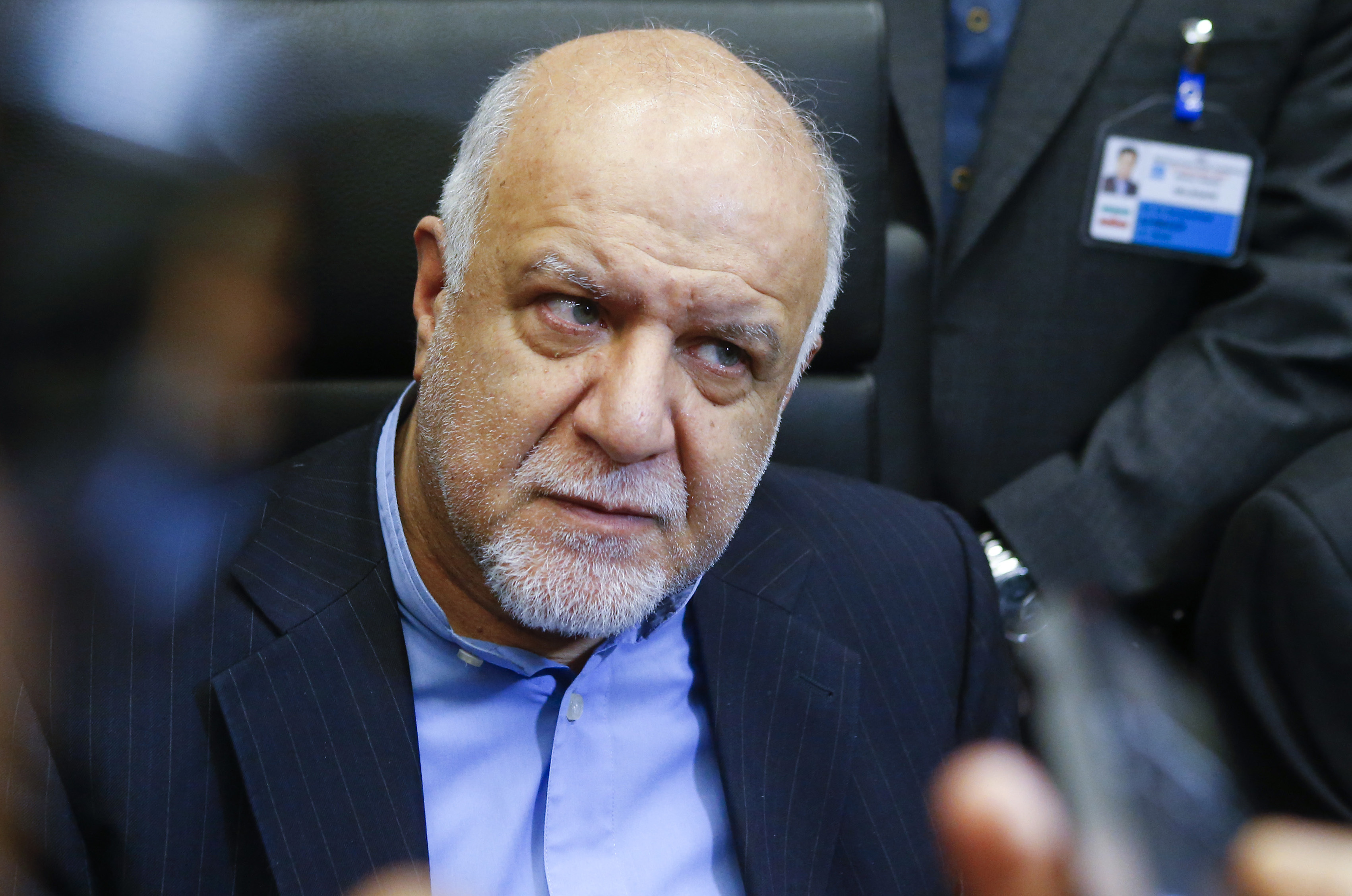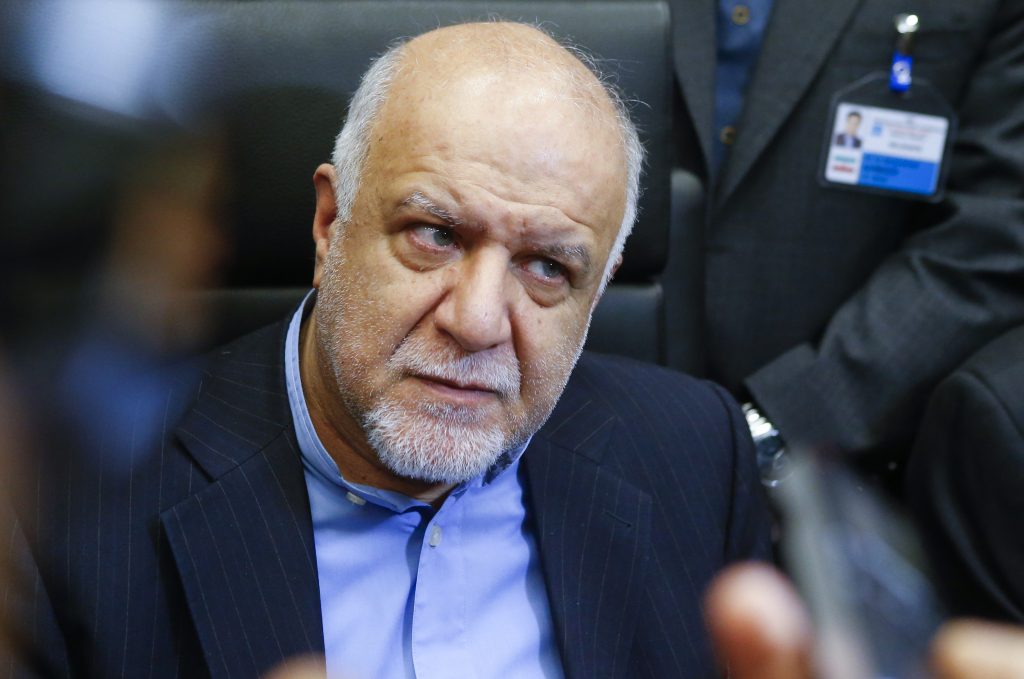 Global oil prices hit their lowest point since 2003 after the United States, the European Union, and the United Nations on January 16 lifted sanctions on Iran in response to the International Atomic Energy Agency’s conclusion that the Islamic Republic was in compliance with the terms of a nuclear deal. Brent Crude fell to $27.67 per barrel on January 18. US crude oil also dropped 29 cents to $28.64 per barrel.
Global oil prices hit their lowest point since 2003 after the United States, the European Union, and the United Nations on January 16 lifted sanctions on Iran in response to the International Atomic Energy Agency’s conclusion that the Islamic Republic was in compliance with the terms of a nuclear deal. Brent Crude fell to $27.67 per barrel on January 18. US crude oil also dropped 29 cents to $28.64 per barrel.
The current glut has created concern about Iran’s full return to the global energy market. Since 2012, US and EU sanctions on Iranian oil exports cost the Islamic Republic a drop of more than 1 million barrels per day. Iran’s Oil Minister, Bijan Zangeneh, had vowed to increase production up to a million barrels per day (b/d) within six months once sanctions were lifted. Zangeneh said he is ready to add 500,000 b/d of oil the day after sanctions are lifted, also known as Implementation Day, plus an additional 500,000 b/d within six months thereafter.
About 150,000 b/d to 170,000 b/d of this 500,000 b/d production increase is condensate that has been added to Iran’s liquid production from its giant gas field in South Pars. It is noteworthy that Iran currently has about 300,000 b/d of oil and liquid supplies for the next two to three months stored in floating storages. Hence it doesn’t make any economic sense for Iran to significantly increase its production before selling its stored oil.
Nevertheless, regaining lost market share, particularly in the context of the current glut in the market, is not going to be an easy task for Iran’s oil sales team. The market expects Iran’s crude oil exports to increase gradually because of technical and marketing hurdles.
Despite a general understanding that Iran’s increase of crude oil production will significantly push down prices, there are a few alternative scenarios. A few months after Implementation Day, the overall oil market could conceivably regain its stability (barring additional anticipated disruptions) and prices could likely rebound. This is because oil traders have already factored into current prices the impact of Iran’s full return to the market.
Oil production is expected to drop in countries such as the United States due to a lack of investment in 2015, a trend that is expected to continue in 2016. This suggests that, perhaps, global oil prices have already hit the bottom range. But prices could go down further if we see a price war between Iran and Saudi Arabia. Such a scenario is, however, highly unlikely because both counties have already offered their lowest prices and discounts to secure market shares ahead of Implementation Day.
Discounts per barrel or on freight costs have already been suggested to refiners and traders and made part of their calculations. However, major producers, including Iran and Saudi Arabia, can continue tweaking and increasing purchase incentives to importing countries. This can be done by, for example, offering either “oil for goods and services” or receiving oil money in the purchasing country’s currency.
The only scenario in which oil prices could possibly be reduced further is if Iran decides to sell a huge portion of its crude oil in the spot market. In such an event, Iran would have to compete with Iraqi oil, which has relatively lower quality than Iranian crude. Such a scenario is very unlikely because not only would Iran have to offer significant discounts, it would also have to pay rent for the ships that are used to store oil. On top of that, there is not much free tanker capacity left in the market. This has resulted in a significant increase in booking fees and rents for tankers.
Iran can either increase its oil production and benefit from the contango market or sell a huge portion of its crude oil in the spot market and compete with Iraqi prices.
Reviewing the prices in the paper oil market, the trend for future prices is upward. This means that the market is in contango position whereby near-month futures are cheaper than those expiring further into the future. Oil traders’ behavior in the physical market indicates a similar expectation.
Over the past week, major oil and fuel trading companies such as Trafigura, Vitol, Shell, Koch, and Gunvor have started booking oil tankers for the next twelve months to store millions of low-price oil barrels on the sea with the aim of making a profit by selling them when prices are higher. Reuters reported that at least eleven very large crude carriers (VLCCs), each one with a capacity of 2 million barrels, have been booked with a storage option.
We should bear in mind a few important factors with regard to the ambiguities over the volume and timing of Iran’s oil export increase. Despite Tehran’s ambition of regaining its pre-2012 oil market share and its position as second in Organization of the Petroleum Exporting Countries (OPEC) production, it will not put huge amounts of its oil on floating storages. The National Iranian Oil Company (NIOC) commenced informal negotiations with its customers months before Implementation Day.
Iran will likely gradually increase oil production in order to sell the oil at the highest possible price. This would avoid the need for Iran to store a significant portion of its oil. Of the first 500,000 b/d about 200,000 b/d will go to Europe, a market that Iran lost in 2012 when sanctions were imposed in response to its nuclear program. The rest will go to Iran’s traditional Asian market, mainly China, though its recent economic problems have raised questions about its appetite for imported energy.
Sara Vashkouri is a Nonresident Senior Fellow in the Atlantic Council’s Global Energy Center and President of SVB Energy International.
Image: Iranian Oil Minister Bijan Zangeneh has promised to increase oil production up to a million barrels per day within six months once nuclear-related sanctions on Iran were lifted. Those sanctions were lifted on January 16. (Reuters/Heinz-Peter Bader)
